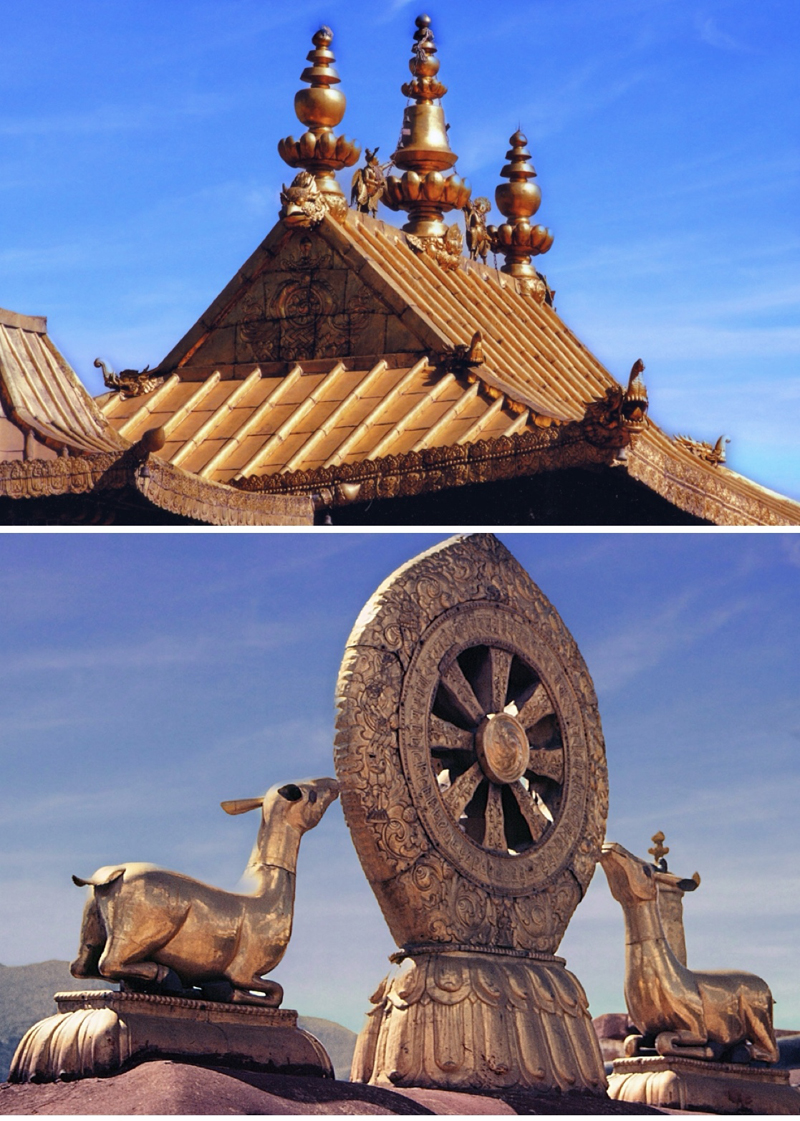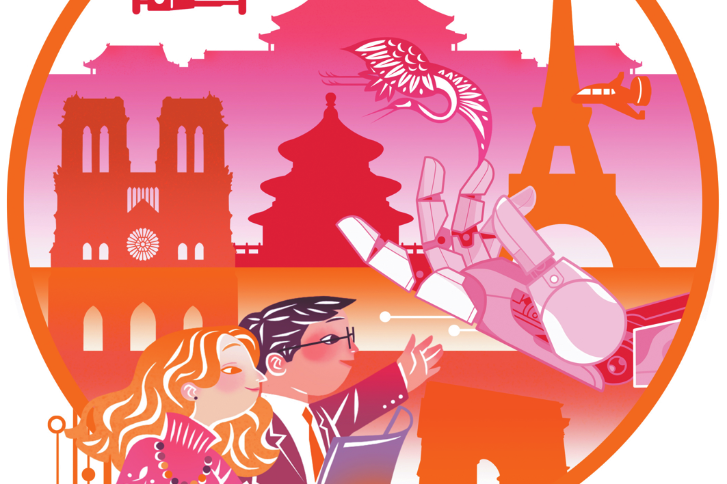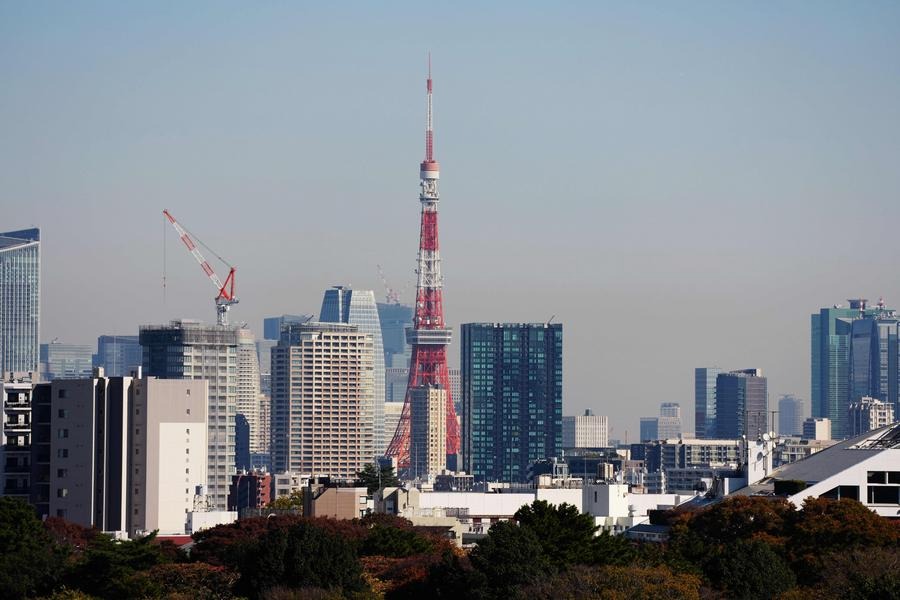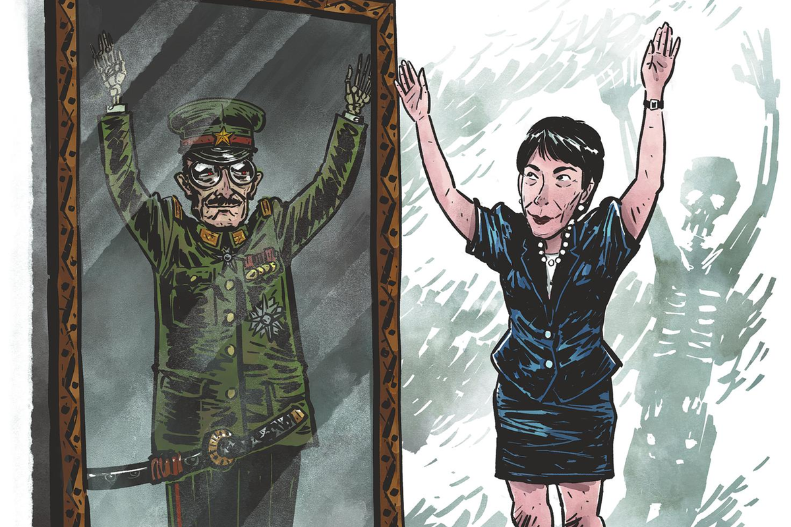Lhasa - a travel dream fulfilled


In 2000, Lhasa was still very much a compact, low-rise city something increasingly revealed as I ascended upwards toward the main buildings of the Palace. While the structure itself was simply awe-inspiring, I discovered there are actually several sections making up its facade. The earlier White Palace (Potrang Karpo) and the later Red Palace (Potrang Marpo), while in between sat smaller yellow colored segments.
Awe-inspiring, there felt too much to take in on one visit with so many rooms, meeting halls, libraries, and prayer halls through which crowds of quietly chanting locals and visitors slowly moved. Many spun hand held prayer wheels while also fingering long chains of wooden beads. I noticed how women, wearing heavy long dress, often had thick, braided hair. Frequently I was greeted by "Tashidele" or "Hello". Incredible would probably sum up my feelings of that morning.
Reaching the rooftop space, extensive views took in much of a developing, expanding city, across to Lhasa River and the mountains beyond. Descending from the Palace, via a long series of walkways and steps, eventually exited through an encompassing wall. There I watched many people following the Potala Kora, a sacred walk clockwise around the base of the Palace. Walking or moving slowly, most quietly spun handheld metallic prayer wheels. Some would enter small structures enclosing shrines before continuing with their circuits.
I crossed the main road and headed toward a white chorten where an earlier western gateway into Lhasa once stood. Climbing Chagpo Ri, a nearby rocky hill, the views back toward the Potala were stunning. Later that day I would visit equally fascinating areas around Barkhor Square and the Jokhang Temple. The latter, regarded as the most revered religious structure in Tibet, dates back to the 7th century although little remains of the original construction. There was so much history to absorb of how Buddhism first arrived in Tibet.


































